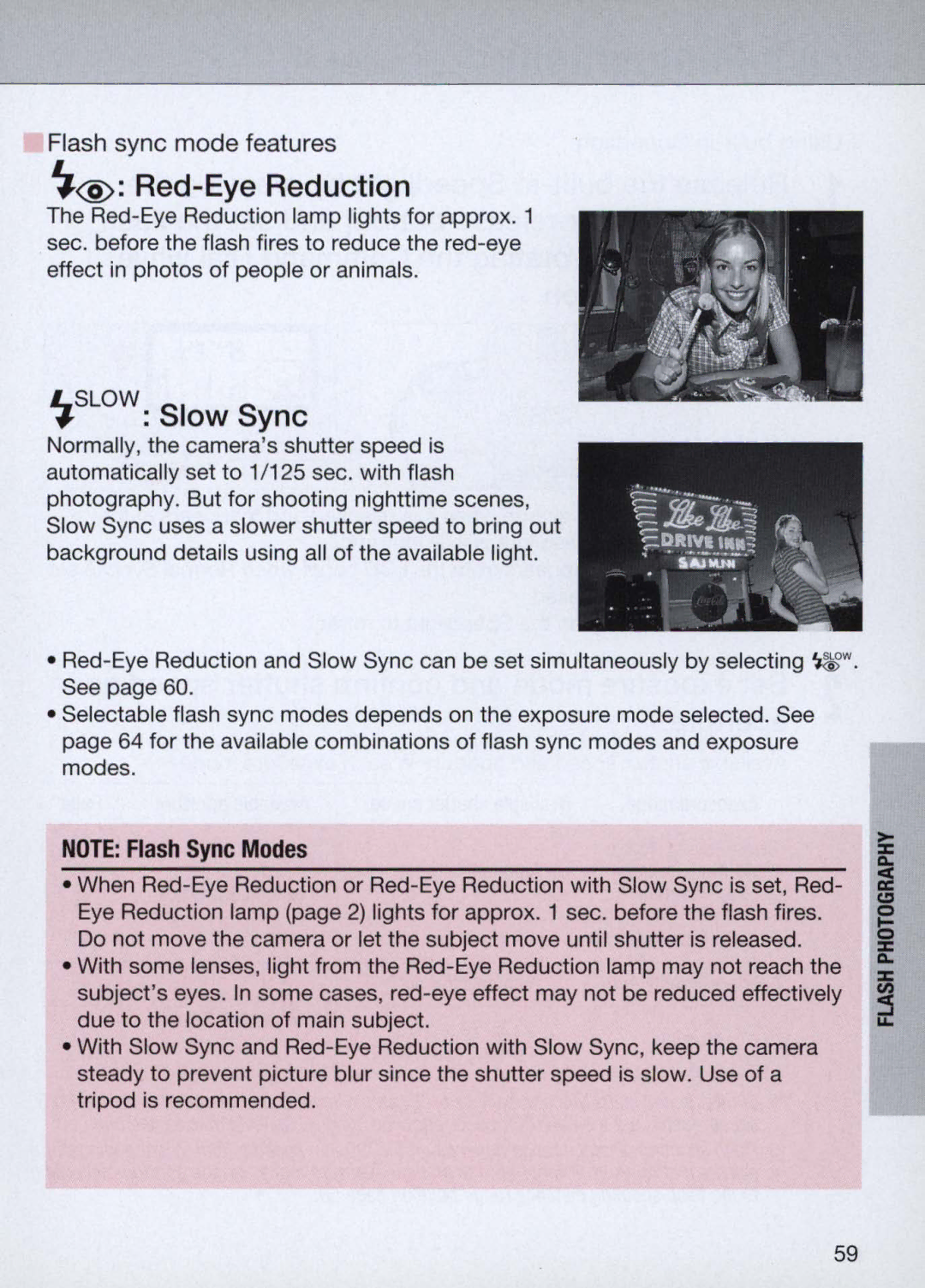N60 specifications
The Nikon N60, introduced in the late 1990s, marked an important evolution in Nikon's lineup of 35mm SLR cameras. This compact and user-friendly camera is often praised for its blend of advanced features and outright simplicity, which makes it a popular choice among both beginners and photography enthusiasts.One of the defining features of the Nikon N60 is its autofocus system. Equipped with a multi-point AF system, it employs 5 autofocus points to ensure sharp focus on your subject, a significant advantage for action shots and portraiture. The camera also supports Nikon's advanced matrix metering system, which evaluates the scene and adjusts exposure settings accordingly. This is especially useful in dynamic lighting situations, allowing photographers to capture well-exposed images without the need for extensive manual adjustments.
The N60 also comes with a built-in flash, providing versatility in various lighting conditions. This feature is complemented by the ability to use external flash units, enhancing the camera's capability for professional applications. Additionally, the camera supports a wide range of Nikon F-mount lenses, making it compatible with numerous high-quality optics that can enhance the photographic experience.
In terms of ease of use, the Nikon N60 features a user-friendly layout with a straightforward control interface. With its automatic shooting modes, including Program, Aperture Priority, and Shutter Priority, users can focus on composition rather than technical settings. The camera also allows for full manual control, catering to those who wish to delve deeper into the art and science of photography.
Another notable characteristic of the N60 is its durable construction, designed to withstand the rigors of outdoor photography. The camera is compact and lightweight, making it easy to carry on various photographic adventures. Additionally, the Nikon N60 utilizes a 35mm film format, allowing users to enjoy the unique aesthetic qualities of film, including grain and dynamic range.
Overall, the Nikon N60 emerged as a versatile and effective tool for photographers. With its balance of advanced technology, user-friendly design, and compatibility with a wide range of lenses, the N60 remains a respected choice for those exploring the world of film photography. Whether you are a novice learning the fundamentals or a seasoned shooter seeking a reliable film SLR, the Nikon N60 delivers performance and reliability that stand the test of time.

